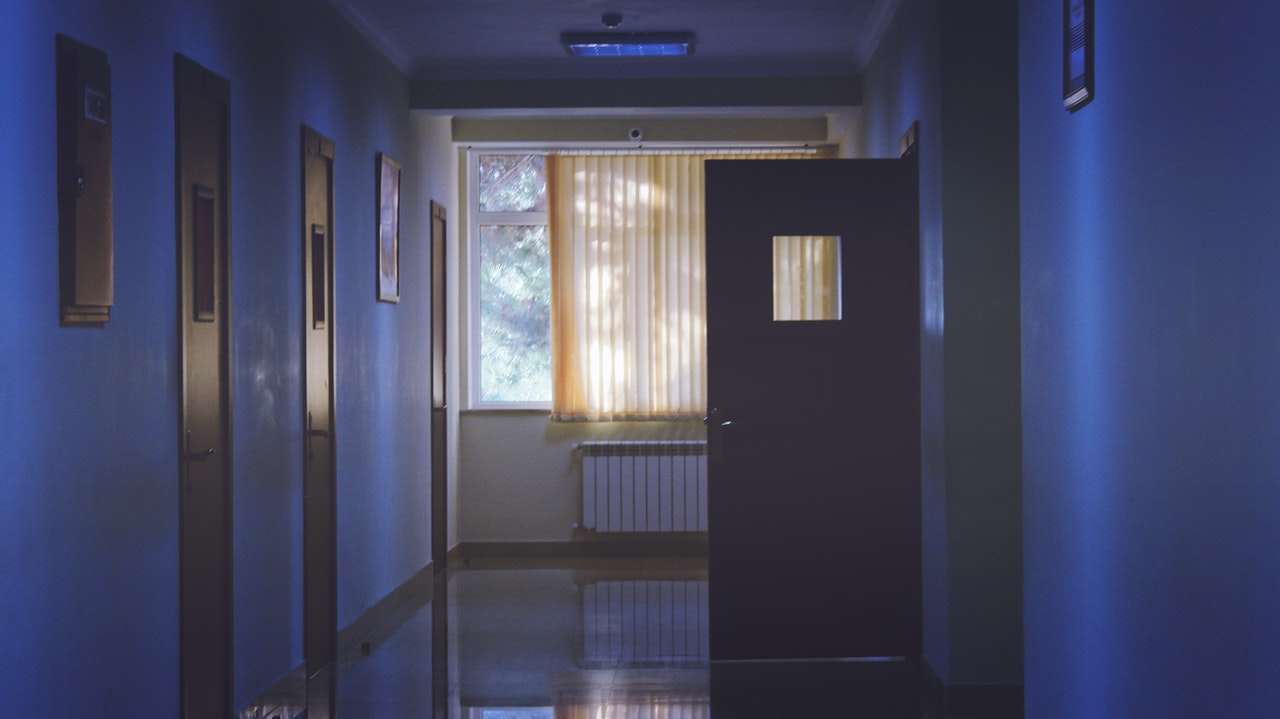Your focus as a physician should be on diagnosing and treating your patient’s ailments. Ideally, you let them into your office, talk to them, and try your best to help them with your abilities.
But have you ever thought about the other factors that help your patients feel at ease whenever they come in aside from the feeling of assurance you provide them?
We’re almost sure you’ve never thought about how your office’s surroundings can help both yourself and your patients when it comes to opening up, feeling safe, and easing tension. We all know that not all appointments begin or end with rainbows and smiles.
Worry not, for that’s understandable. You went through medical school and your residency, relying fully on your skills and knowledge. That’s a good thing. But in going out of your way to help your patients, your office or clinic’s interior design is one of your helpers.
We’ll justify that through these reasons:
1. Your office’s interior design gives your patients a peek into what you provide
Before even going into your office for a consultation, your patients get a glimpse into what kind of service you provide through the area’s interior design. For example, you’re a pediatrician. Normally, you’d have a clinic painted with bright colors, a small space for children to play in, and the overall vibe is child friendly.
As for psychiatrists, their offices give prime priority to the feel rather than the appearance of the space. Their goal is to make patients feel as comfortable as possible to help them.
Adding a personal touch also helps. If you’re into quirky designs rather than minimalist ones, that’s a way to let visitors know a bit about yourself. They’d be more likely to open up when they know something about you.
2. Your clinic’s openness helps patients
If your office has an entryway that is large and transparent, patients can get the feeling that they’re welcome to come in and come out when they feel like it. Patients feel like they’re being held against their own will and can get it from enclosed interiors with little to no view of the outside.
This one should be a no-brainer. Regardless of your practice, your entryway should have at least a ramp or a rail that will guide patients, especially if they cannot walk properly or are in a wheelchair. When those things are ready for them, it will make your office look more inclusive.

3. Your receiving area should also express care
As a professional in healthcare, your prime priority is to put your patients in the best state of care. That should also apply to how you receive them in your office.
Having comfortable chairs and tables where they can rest while they wait for you to aid them will make the wait more bearable. Keeping your waiting and receiving area filled with magazines, a television, or some books can keep them entertained while waiting.
Humans aren’t exactly known for being patient—especially when they have a medical concern weighing them down. Put them away from the anxiety with temporary entertainment.
4. Secure excellent equipment
The equipment you use—aside from your learned skills and knowledge, are the main facets of your service to your patients. Good equipment is even more important for physicians who rely on them more than others.
If you’re looking to score excellent equipment but are running on a small budget, consider looking for practices for sale and see if they are amenable to selling some of their equipment to you.
Just be sure to check the quality and sanitize the equipment properly. But if you’re working around a decent budget, look for those that will serve you and your patients for a long time.
In doing the best for your patients, you have mostly relied on what you know works. But there are times when you can’t really fully rely on your knowledge. Sometimes, you also have to as for the help of things you never knew would help you in this field. This includes your office’s interior, which has several effects on how you can effectively address your patients’ needs.
If you have power over how your office would look, you should definitely consider taking the things we mentioned when modifying or creating your office space that will receive patients.
As a doctor, putting your patients in a state where they know they can rely on you is one of your top priorities. Having an area that helps you do that is useful to your practice.
